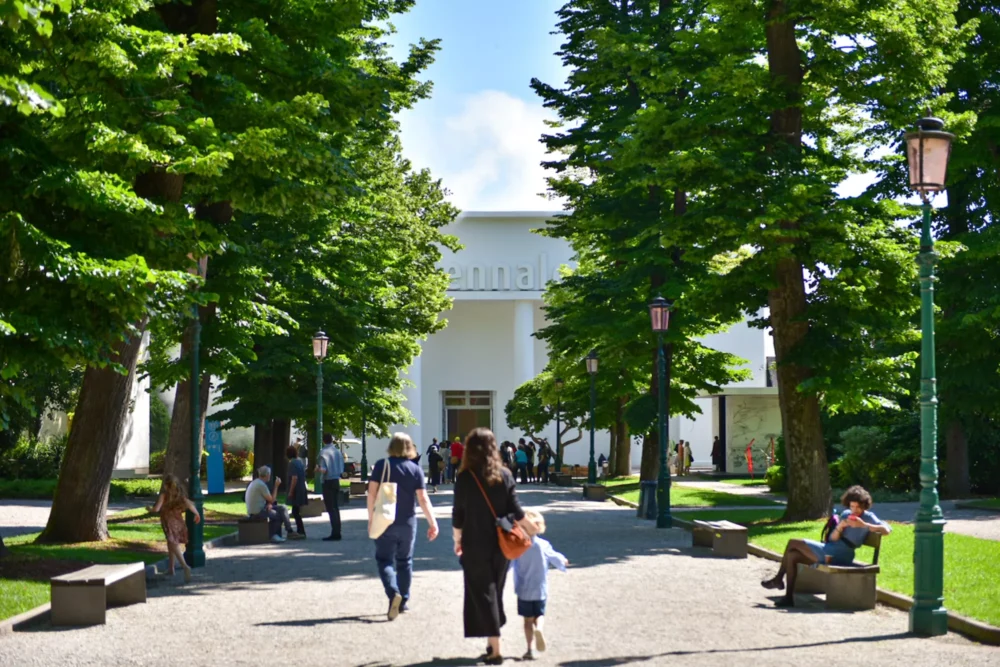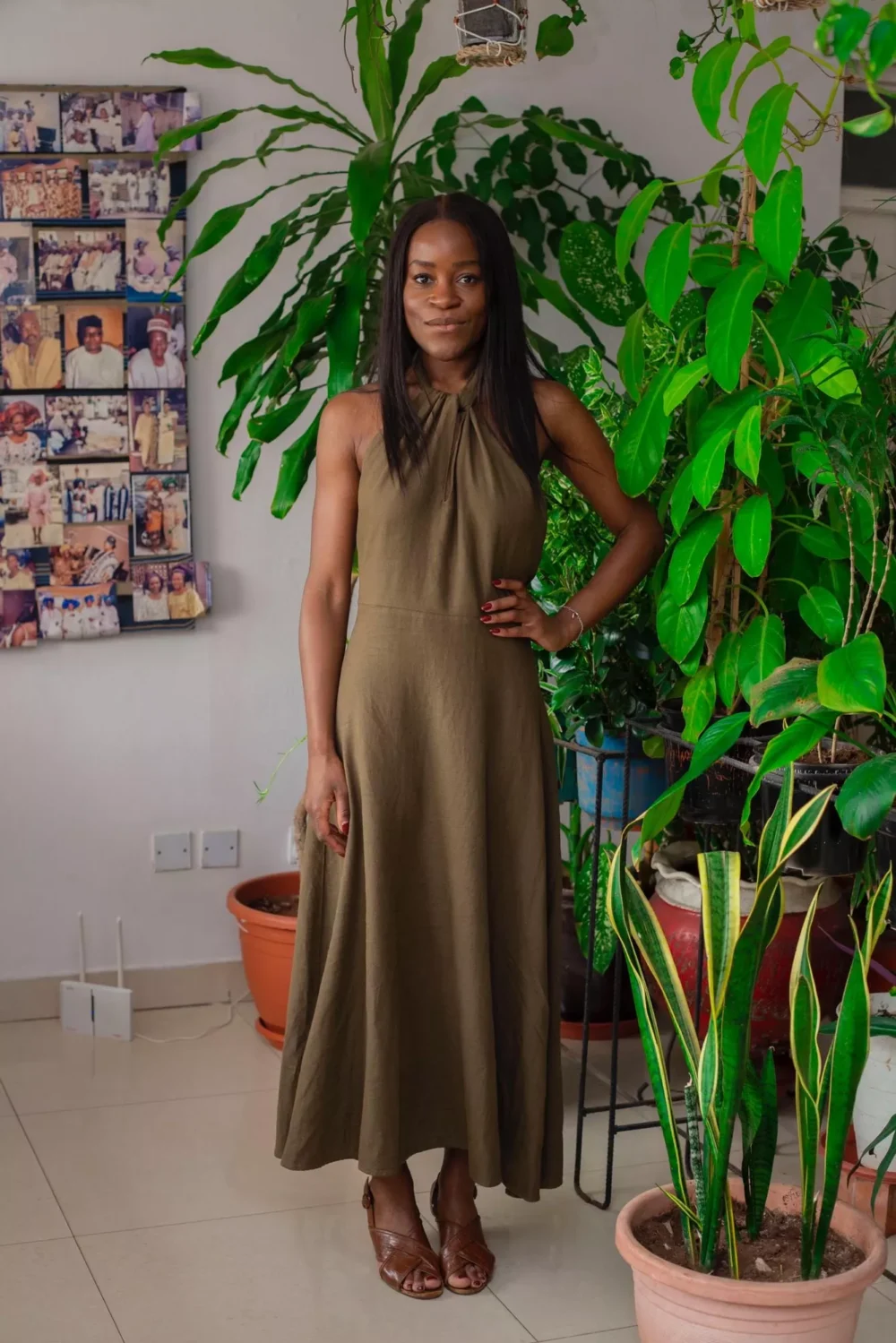
- Source: ARTSY
- Author: Emily Steer
- Date: MARCH 20, 2024
- Format: DIGITAL
5 Curators Share a Sneak Peek of Their Venice Biennale Pavilions

View of the Giardini della Biennale, 2019. Photo by Andrea Avezzu. Courtesy of La Biennale di Venezia.
Organizing a national pavilion at the Venice Biennale is a challenge for any curator. From a practical perspective, the unique, historic buildings at the Giardini often have protected elements; conceptually, the complicated idea of national representation must be carefully considered.
Many of this year’s curators are breaking out of traditional structures, in some cases by remodeling existing buildings; in others, working extensively with diasporic teams. While the concept of each pavilion was conceived before the theme of the biennale’s main exhibition, “Foreigners Everywhere,” was announced, the idea of challenging nationalism and embracing a global sense of belonging resonates with many of the national presentations.
In the run-up to the 60th Venice Biennale, which opens on April 20th, five curators spoke to Artsy about the ideas they are working with, and the recurring obstacles in creating a show for such an iconic global event.
Aindrea Emelife, Nigerian pavilion
With works by Tunji Adeniyi-Jones, Ndidi Dike, Onyeka Igwe, Toyin Ojih Odutola, Abraham Oghobase, Yinka Shonibare, Fatimah Tuggar, and Precious Okoyomon

Portrait of Aindrea Emelife. Courtesy of Aindrea Emelife.
Aindrea Emelife, a British Nigerian curator at the Museum of West African Art in Benin City, Nigeria, is curating the second-ever iteration of the Nigerian pavilion, showing a cross-generational group of artists under the title “Nigeria Imaginary.” The exhibition will look hopefully to the future, while considering Nigeria’s history. Emelife is also including a pop culture element, with audio excerpts of contemporary music and sound from a project first initiated by the curator last year with local musicians in Lagos and Benin City; and an accompanying playlist produced in collaboration with the Nigerian label Native Records.
“It’s such a weird and complicated task trying to figure out how to represent a country,” Emelife said. “The theme ‘Nigeria Imaginary’ came first. At the beginning of the year [2023], Nigeria was going through our elections and that’s always an interesting time when everyone is quite optimistic but also reflective, thinking about the country so far and things that could have been. I was also thinking about my role as a curator: I’m Nigerian, but I’m diaspora. There are different relationships to Nigeria throughout the pavilion; different types of interaction.”
Emelife set out to present a nuanced picture of the country’s artistic scene. “One of the greatest pieces of advice I was given was to think about what people need to see at this moment. If you’re a young artist in Nigeria, what do you wish people around the world might understand about the country?” she said. “I hope that some of the misconceptions about Nigeria might change. A great deal of success would be for people to feel as hopeful and invested in the potential of the country as I think Nigerian creatives are and to have their views truly expanded. It’s also important that with utopia there is also criticality; the exhibition isn’t just a place of dreaming, it’s also looking at the state of things, which is important for this space of imagining.”

